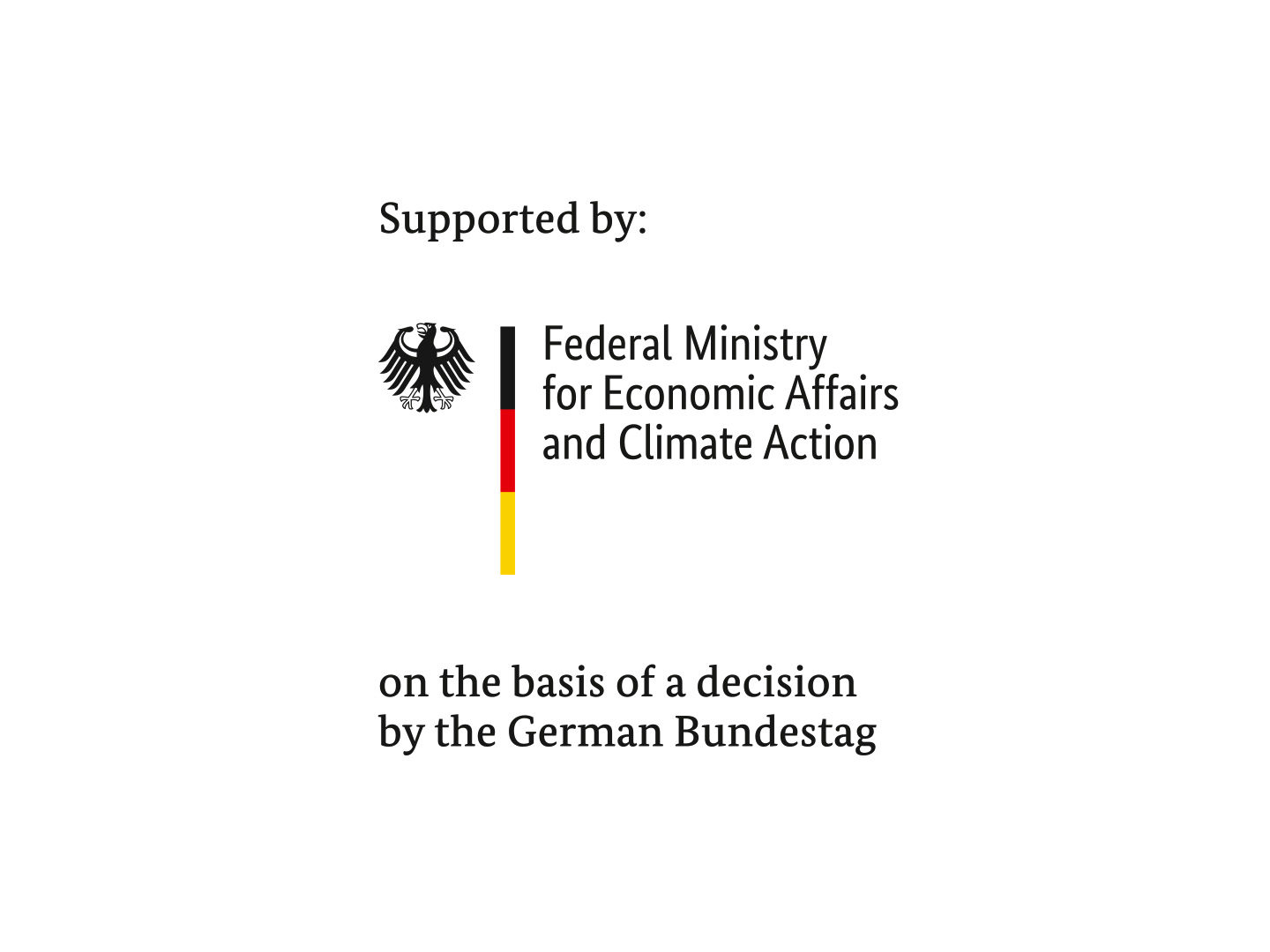Project aims
In the “KONTIFLEX“ project, the weldable, flexible polymer bipolar plates already developed by Fraunhofer UMSICHT for flow batteries are being further developed for use in LT-PEM (low-temperature polymer electrolyte membrane fuel cells). As part of this, the manufacturing process is to be transferred from the laboratory plant to large-scale roll-to-roll production. SAUERESSIG GmbH + Co KG supports the implementation of the production process on an industrial scale with its expertise as an alliance partner in order to tap into the cost-reduction potential of a large-scale production process over the medium term. For the first time, the aim is to enable the continuous production of thin, highly filled graphite plates with integrated complex structures and to develop, test, and implement continuous production. In addition, the bipolar plate for high-temperature PEM will be upgraded through the use of new plastic mixtures.
Challenges
As alternative, hydrogen-based energy converters, fuel cells offer a wide range of applications in stationary and mobile applications – but the investment costs are still very high. Bipolar plates are a major component of fuel cell stacks. They separate the reaction gases and cooling media from each other and distribute them to the corresponding fuel cell reaction area. Bipolar plates must have good electrical and thermal conductivity and be robust against chemical influences and high mechanical contact pressures in the cell. In addition, they should be coolable and as thin as possible. High requirements, but also high costs: Bipolar plates account for about a quarter of stack costs.
 Fraunhofer Institute for Environmental, Safety and Energy Technology UMSICHT
Fraunhofer Institute for Environmental, Safety and Energy Technology UMSICHT